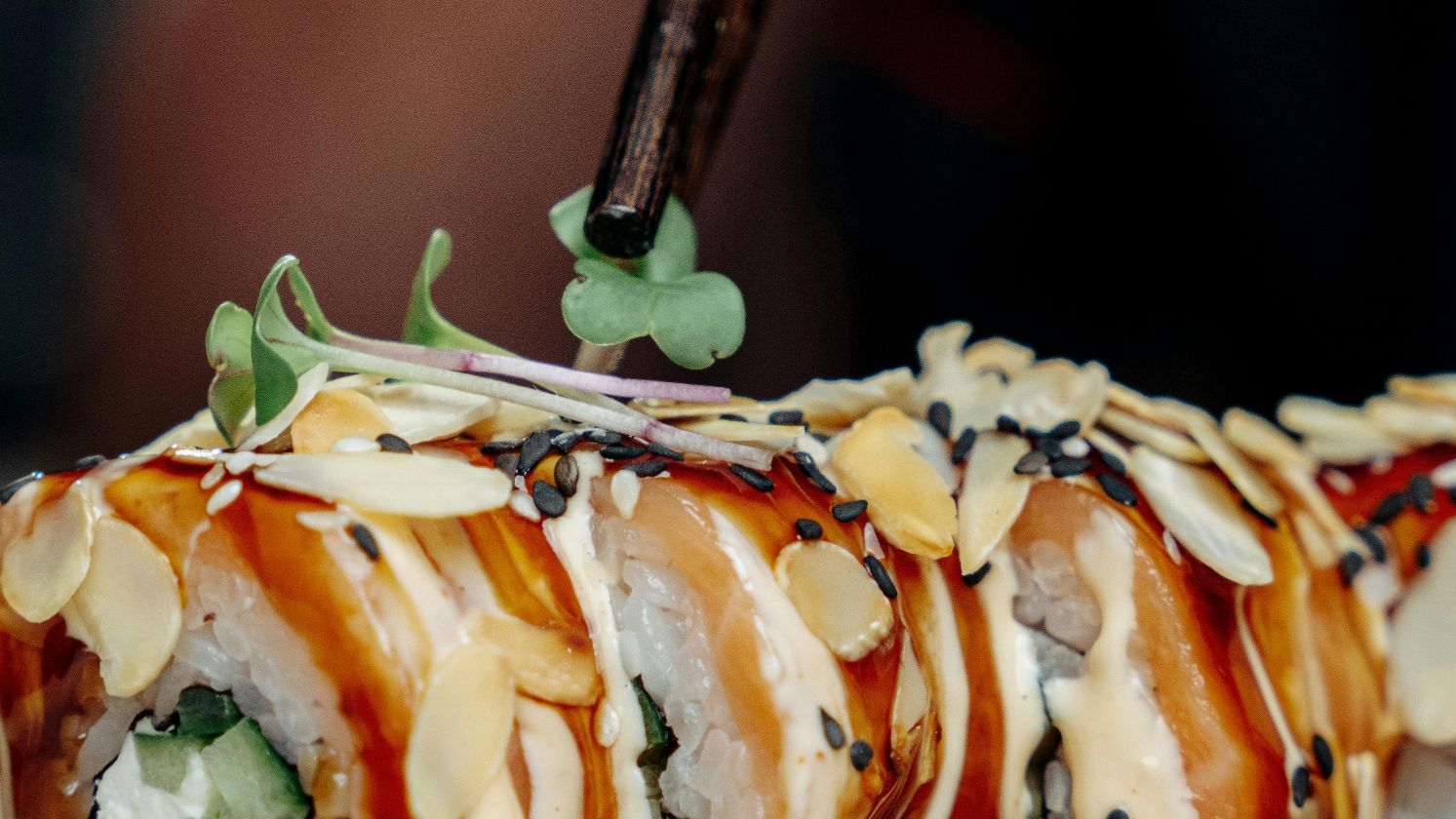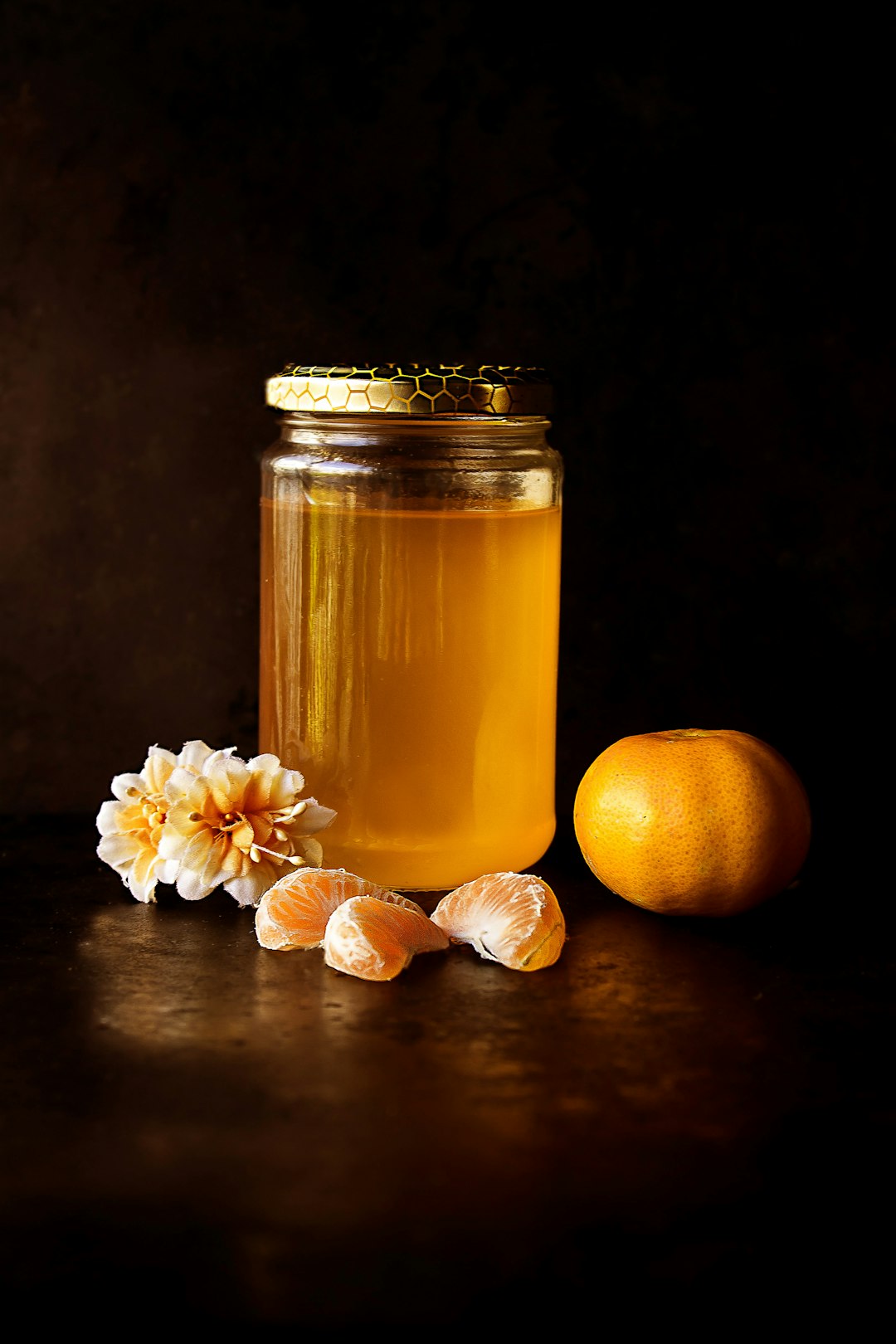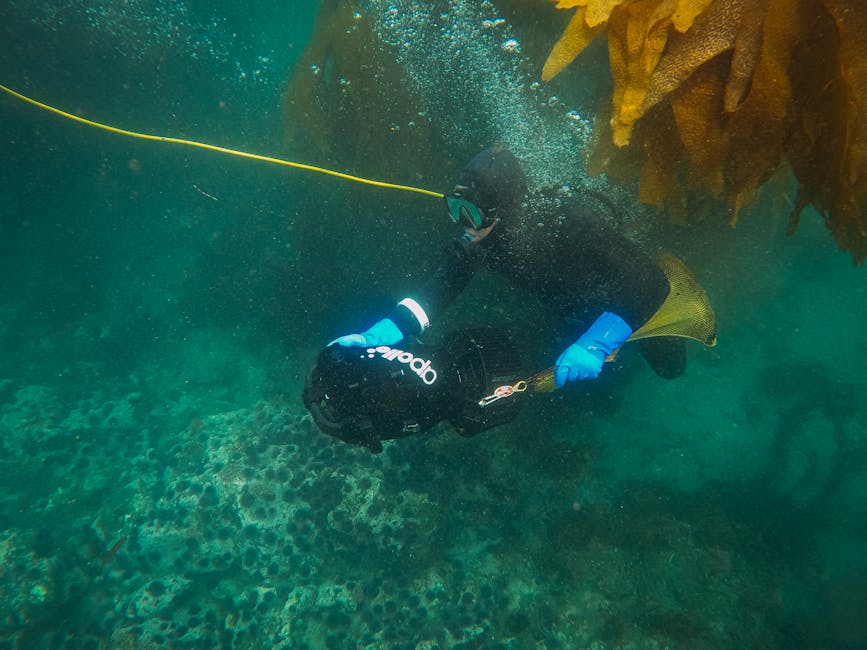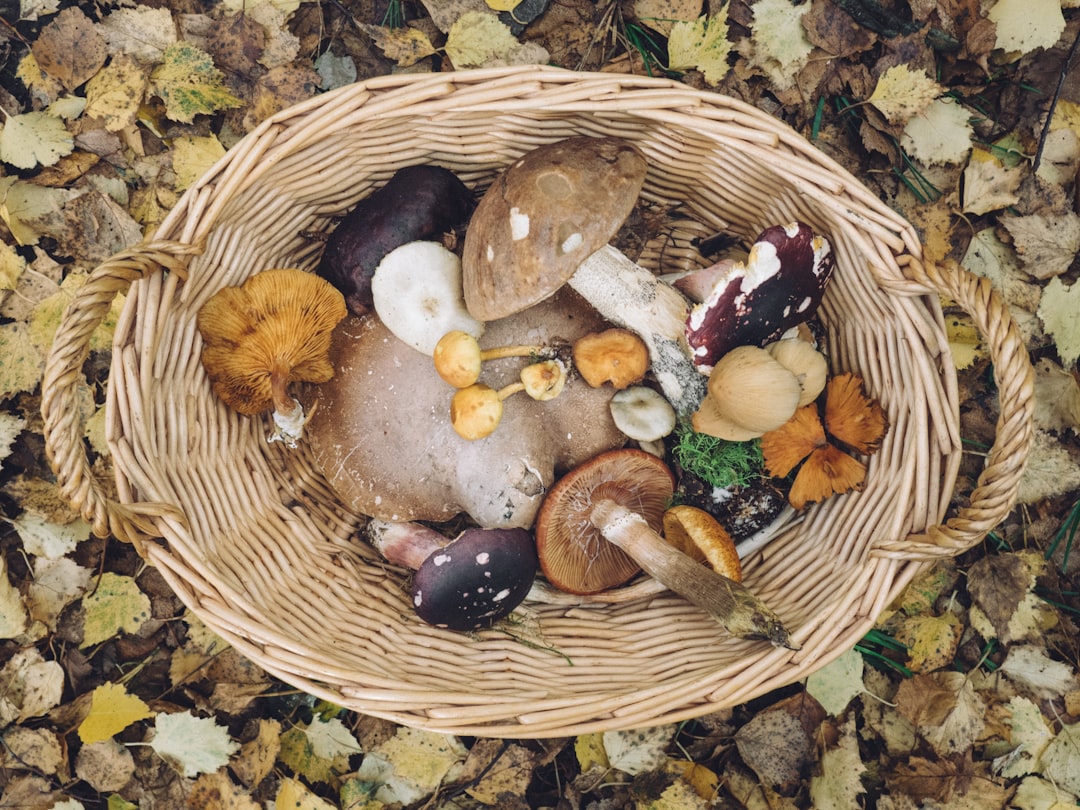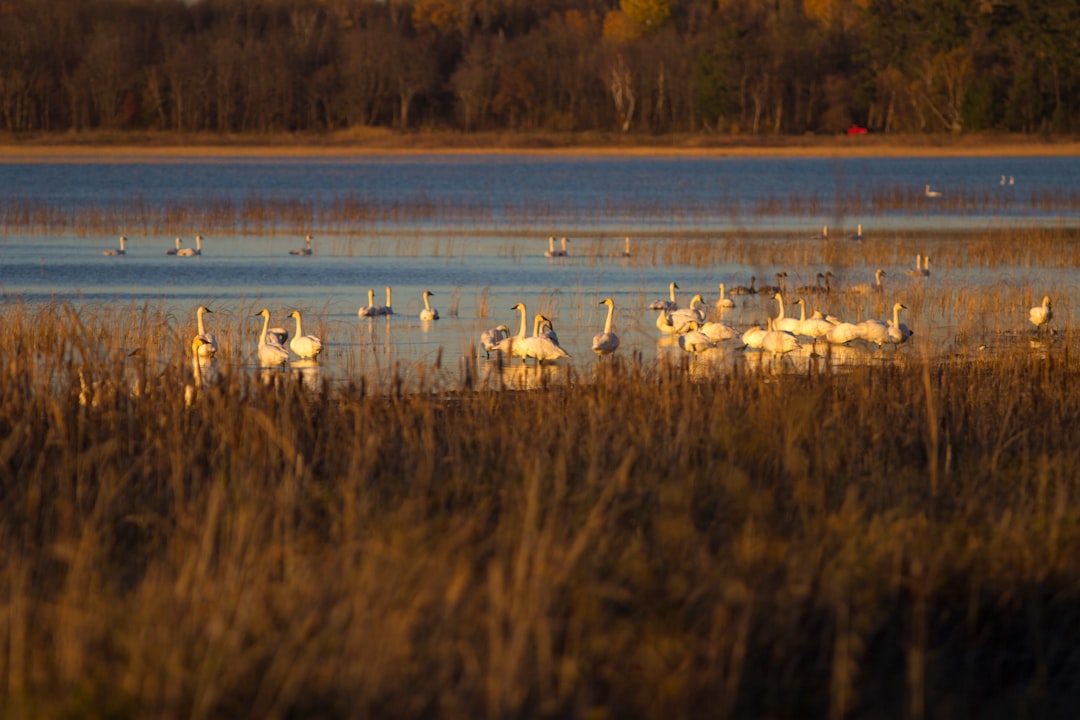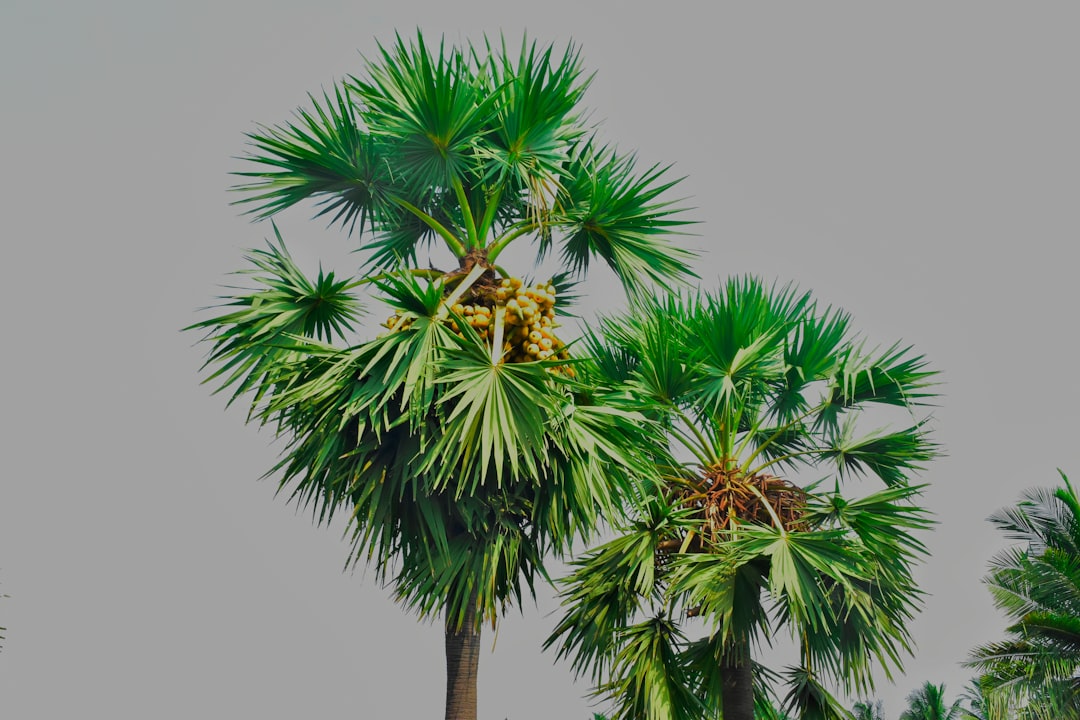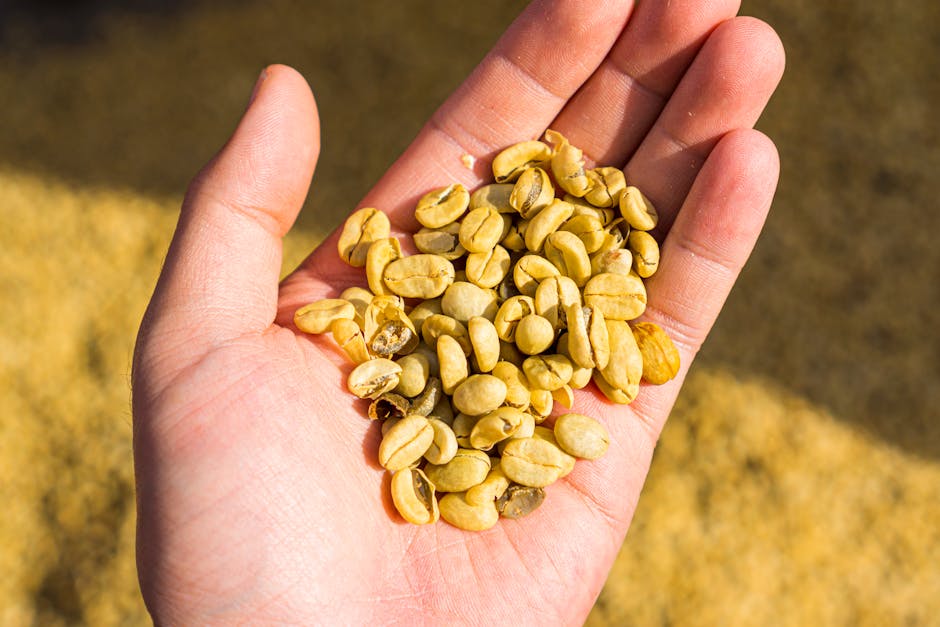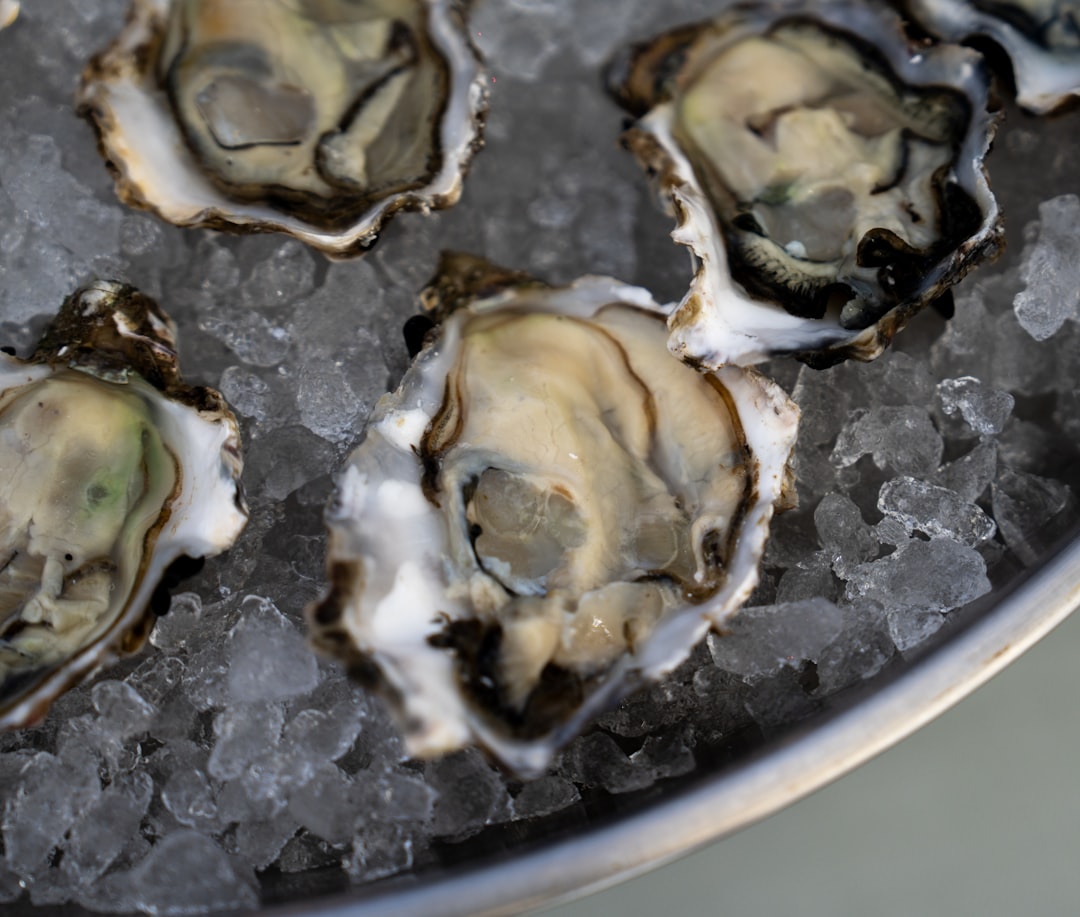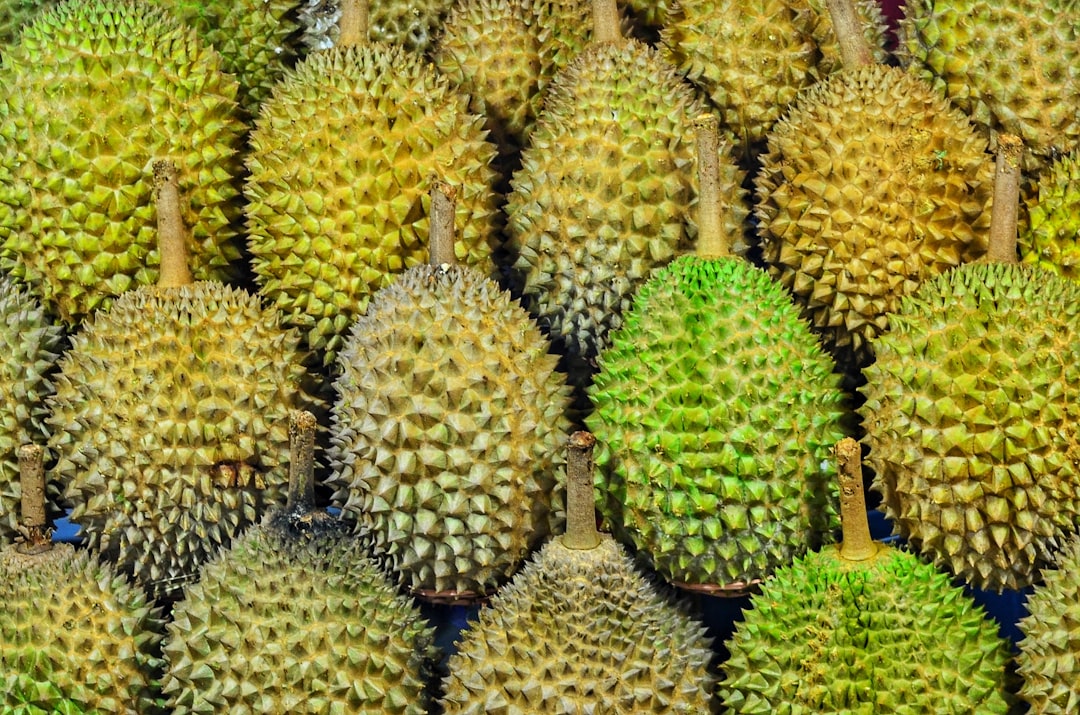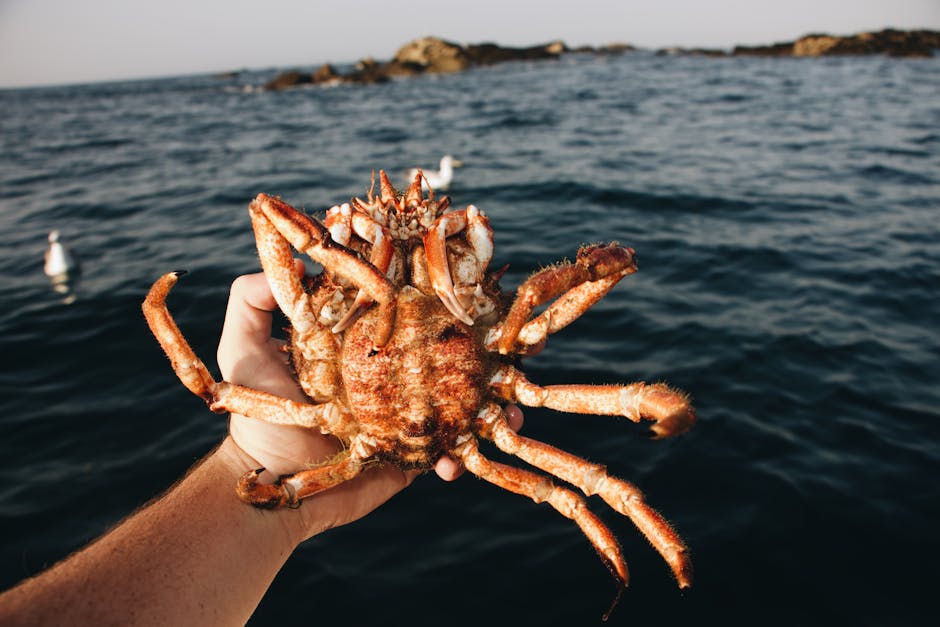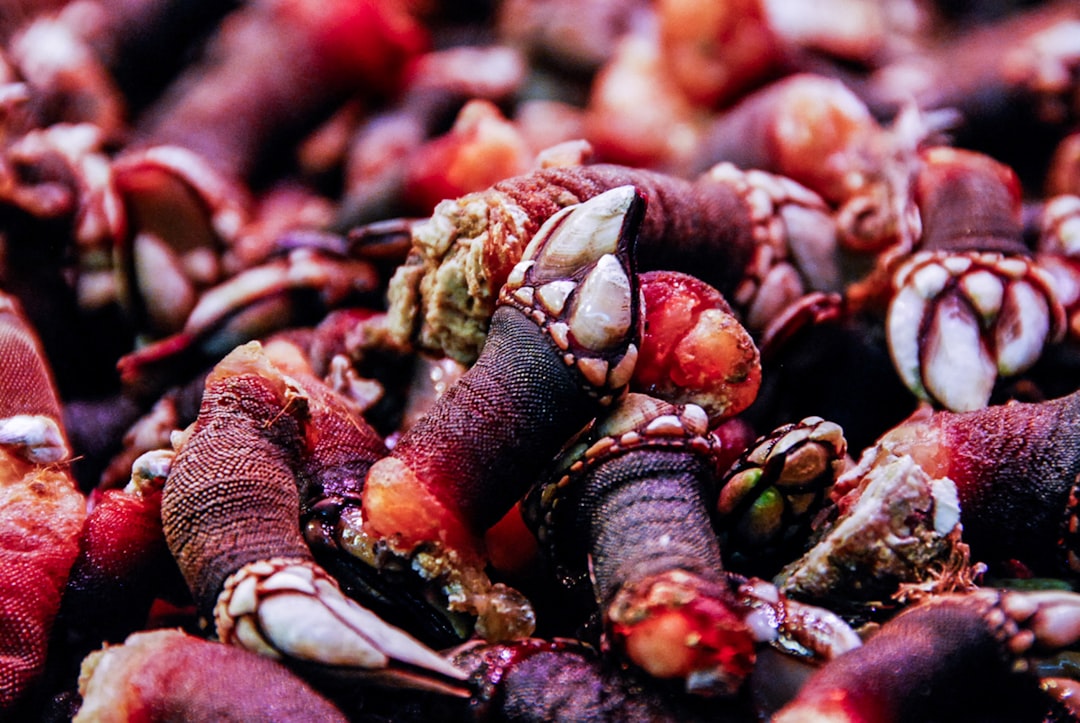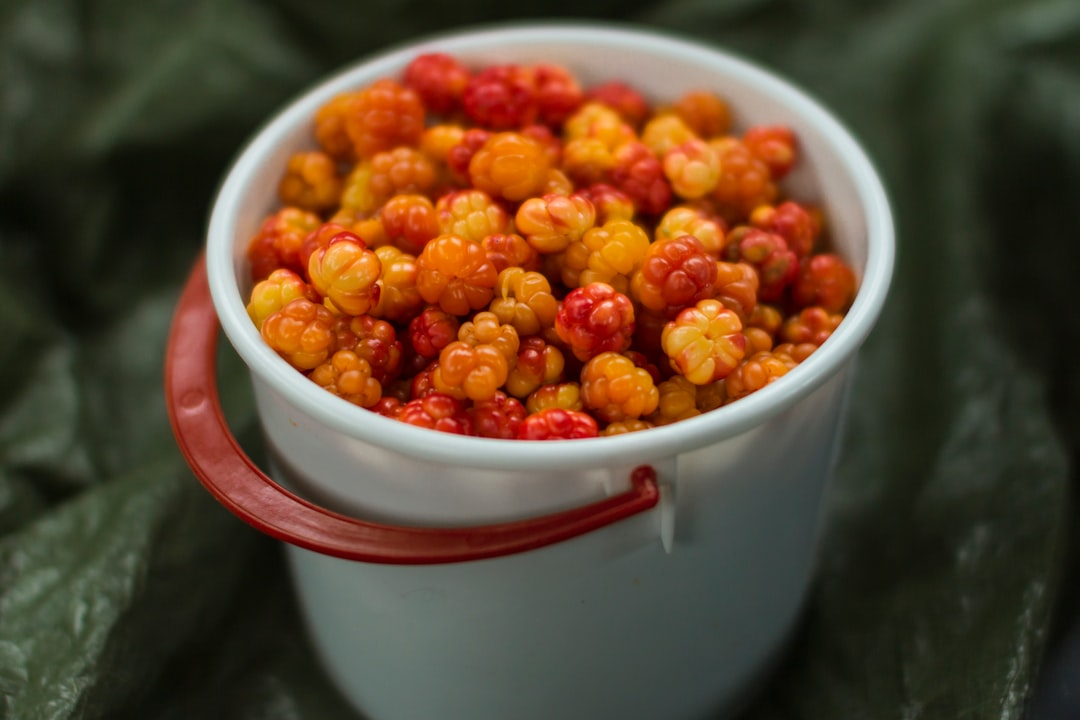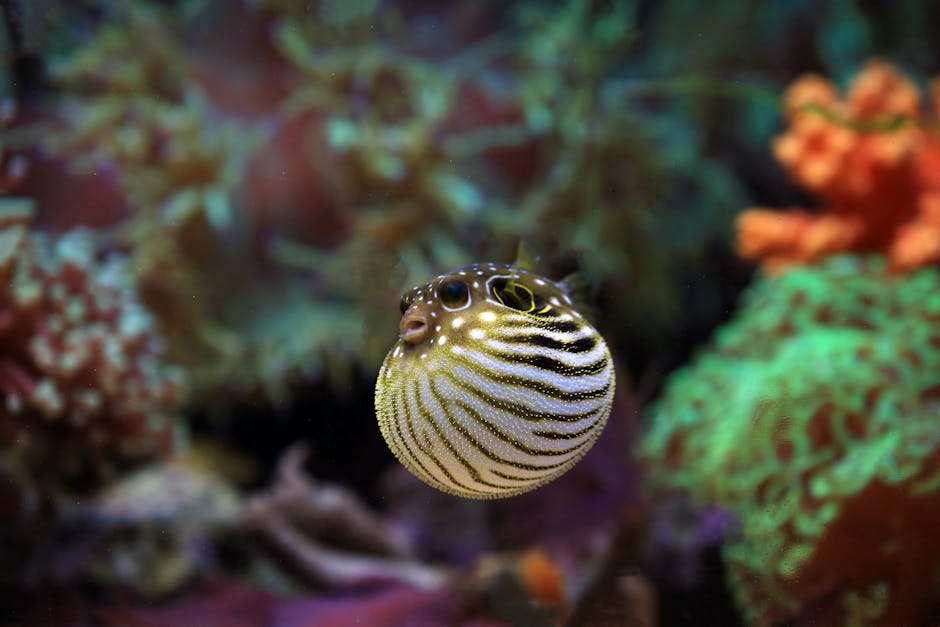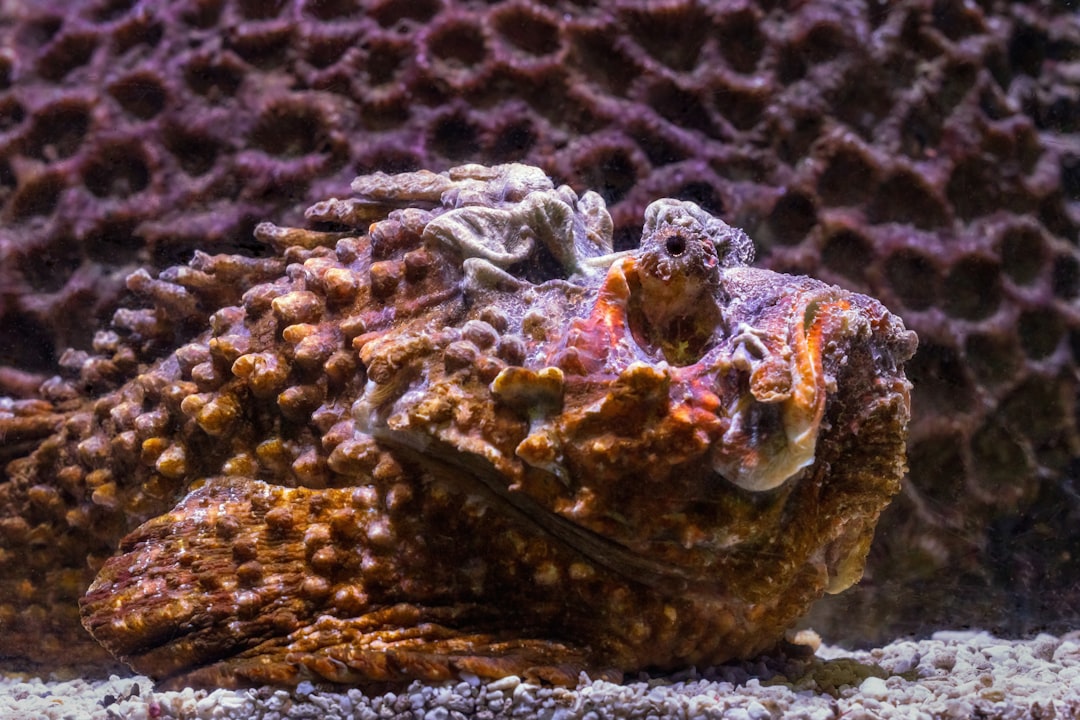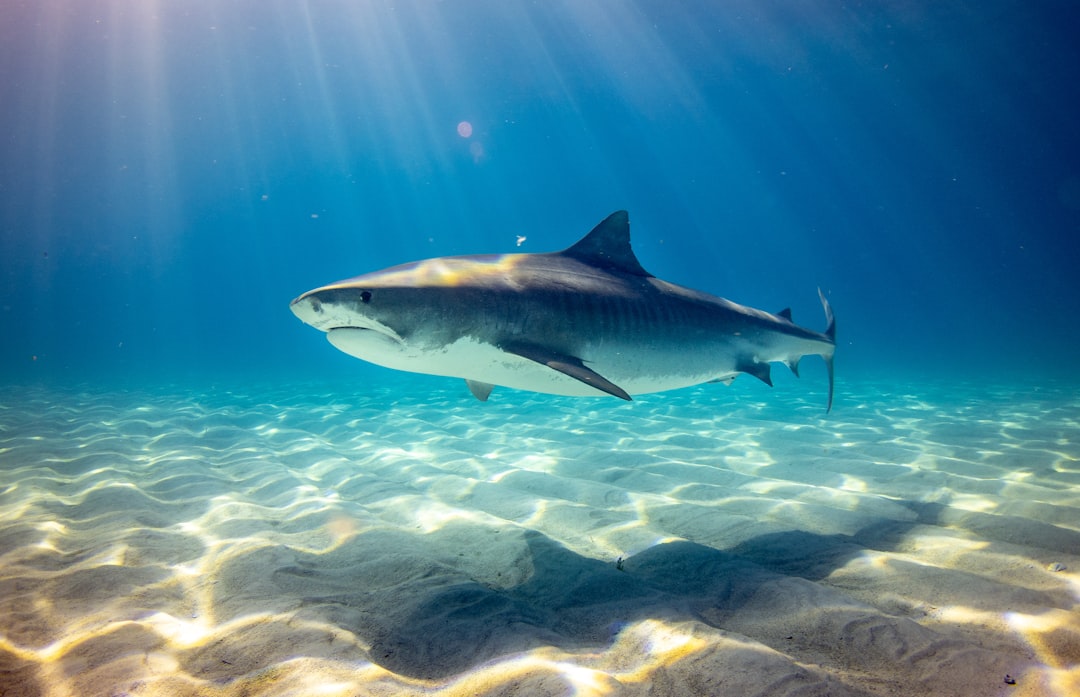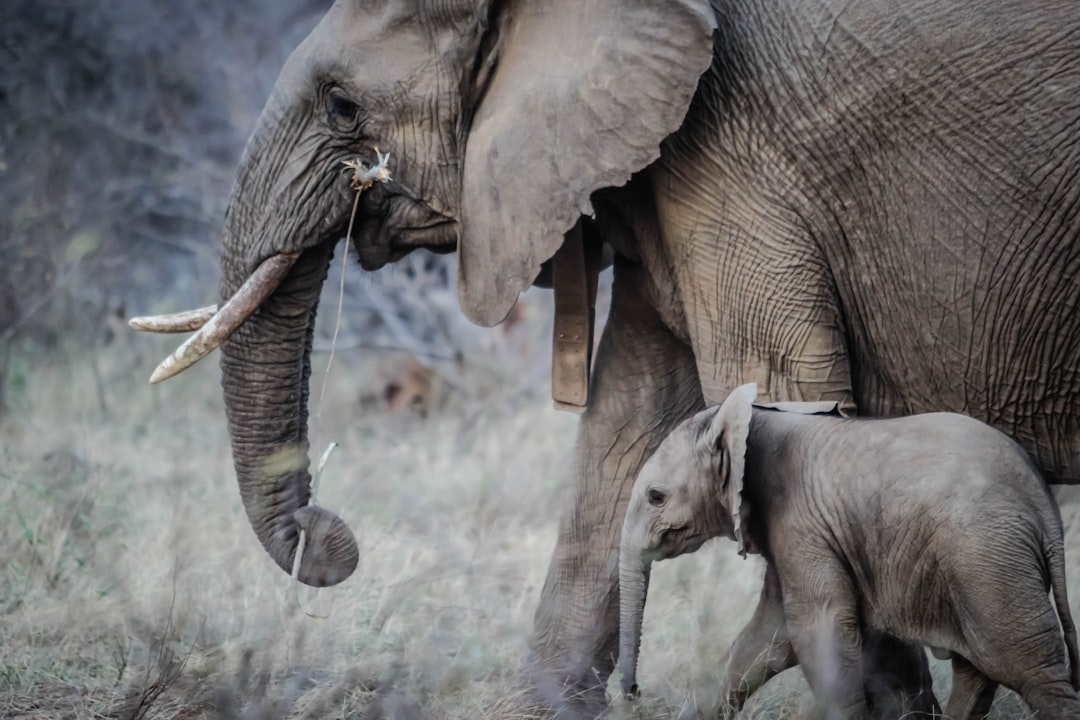Feeling Adventurous?
With so many different foods out there, have you ever wondered what it took to get that item from the wilderness onto your plate? It’s not always as easy as farming an animal or harvesting a berry. Some food items actually require harvesters to put their lives at risk simply to fill your plate.
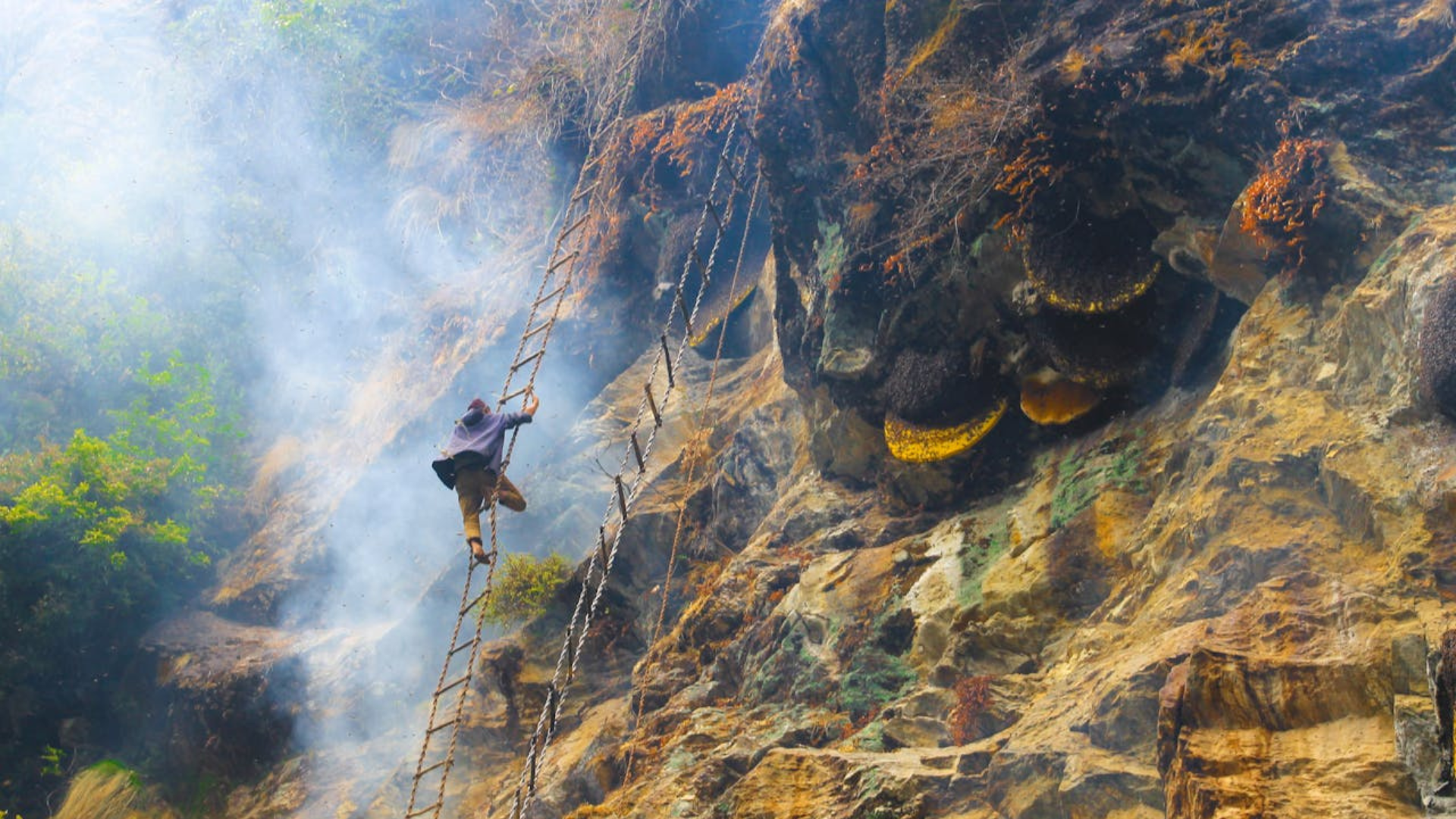 Photo by Aakash Karki on Pexels
Photo by Aakash Karki on Pexels
1. Hallucinogenic Honey
Nepalese and Himalayan honey has a bit of a reputation as herbal medicine. The bees that produce it are fairly protective and are some of the most aggressive insects out there. Not to mention, they create their hives way up on cliffs. This means harvesters have to scale terrifying heights, hanging by a thread as they fend off armies of bees.
2. Sea Cucumbers
Considered a delicacy in many Asian cultures, sea cucumber is both nutritious and packs an interesting texture and flavor. While it seems harmless enough in stews or as a crispy snack, the harvesters would probably feel differently. Having to dive into deep waters, they have to be wary of predators and hold back the symptoms of decompression sickness.
3. Mushrooms
While many mushrooms are easy enough to get, this isn’t always the case for rare wild mushrooms. While they are staples in numerous sauces and soups across the world, their toxicity poses a risk to the harvesters that hunt them in remote and rugged terrains.
4. Sea Urchin
Also known as uni, you might find this delectable dish in your local Japanese restaurant. Considered fairly high-end, catching it is no easy feat. The deep waters these creatures call home are host to strong currents and dangerous predators. Not to mention their spiky exteriors pose a threat to anyone who tries to grab them.
5. Wild Rice
You probably won’t think of rice as dangerous to harvest, but for many people, this involves raising it in wetland areas where certain predators can pose dangerous risks. That being said, wild rice is highly valuable and used in a plethora of dishes.
6. Toddy
If you’ve never heard of toddy, it’s a type of drink made from palm tree sap. If you’ve ever seen a palm tree, you know those things get huge. For harvesters in South Asia, that often means having to scale up the tree without any safety equipment, as most can’t afford it.
7. Coconuts
Surely coconuts can’t be all that dangerous? Well, for harvesters in the rainforests of South America, the jungles pose serious threats. Plus, a heavy bowling ball dropping from an incredibly tall tree is a serious safety hazard if you aren’t on guard.
8. Brazilian Nuts
Brazilian nuts suffer the same fate as coconuts. They can weigh up to five pounds, and when shaken from trees, they are a danger to anyone who doesn’t run for cover. That being said, they’re still pretty tasty raw or roasted.
9. Oysters
Considered one of the most luxurious seafood items out there, oysters are used in many dishes and can be served up baked or raw. However, for harvesters, this means traversing cold and rough seas. Plus, the sharp shells of the oysters have a knack for causing dangerous infections.
10. Durian
While locals in Southeast Asia refer to the durian as the king of fruits, harvesters probably don’t think of it as fondly. Just picture it: a heavy fruit with a spiky exterior growing up on trees. Yeah, that’s going to be something to watch out for.
11. Alaskan Crab
If you’ve ever seen Deadliest Catch, you’ve probably seen the terrors of crab fishing firsthand. Not only do harvesters have to traverse freezing seas and slippery icy decks, but the big waves are known to pull people right off their boats and into the swirling black below.
12. Goose Barnacles
While a barnacle probably sounds more gross than tasty, it’s quite popular in Portuguese and Spanish dishes. This means for harvesters in the coastal cliff areas of Europe, traversing slippery rocks and raging waves below is all part of a hard day’s work.
13. Cloudberries
Don’t let its sweet-sounding name fool you. While cloudberries make for tasty Scandinavian jams, their natural habitats include subarctic regions swarming with vicious mosquitoes. This leaves harvesters prone to disease and infection, not to mention many itchy bites.
14. Acai
If you’ve ever wondered where your acai smoothie bowl came from, then you’d have to thank the harvesters down in the Amazon rainforest. Derived from the acai berry, these workers face the perils of climbing tall, slippery trees in the harsh and unpredictable wilderness.
15. Fugu
Fugu, or pufferfish, is as dangerous for consumers as it is for those that have to gather it. Located in the coastal regions of China and Japan, improper handling by the harvester, chef, or diner can all lead to a poisonous outcome.
16. Stonefish
This fish doesn’t exactly look tasty. Instead, it’s kind of scary-looking, but that doesn’t stop harvesters in the Indo-Pacific oceans from trying their luck. However, accidentally touching or stepping on it puts people at risk of contracting the painful venom inside.
17. Shark Fins
It would probably be for the best if everyone stopped hunting sharks. While they are used in traditional shark fin soups, they are also pivotal apex predators that play a major role in the ecosystem. Plus, deep-sea fishing can lead to all sorts of accidents. All the more reason to leave the sharks alone.
18. Clams
Found in the tidal flats of Asia, hunting for clams can be a muddy experience. You’ll have to dig through the dirt, which often puts harvesters at risk of dangerous bacterial infections.
19. Vanilla Pods
There’s a variety of reasons vanilla is a dangerous food to harvest. First of all, it’s highly valuable, which is why in countries like Madagascar, farmers face the threat of thieves. Many of these altercations have had fatal endings.
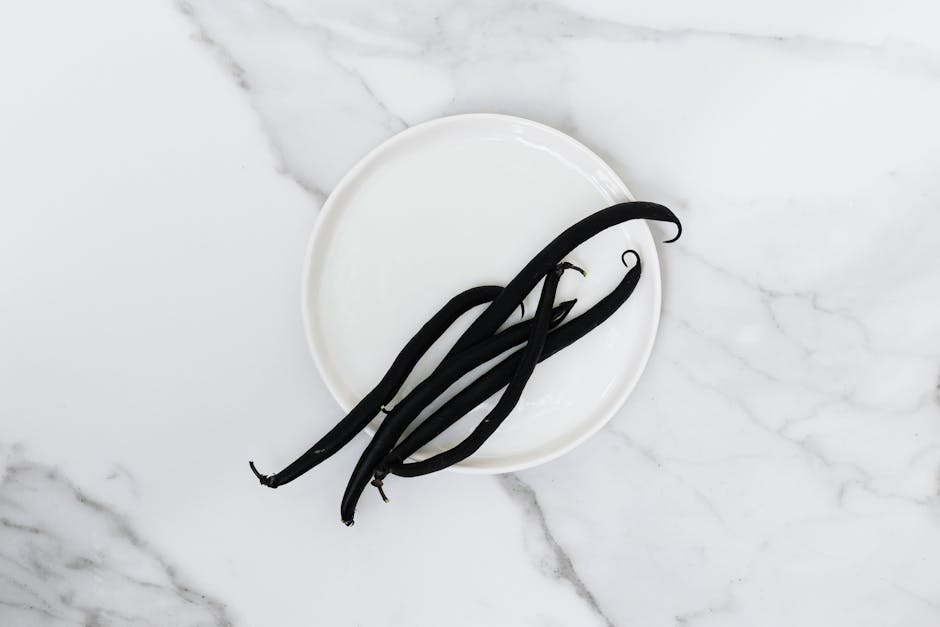 Photo By: Kaboompics.com on Pexels
Photo By: Kaboompics.com on Pexels
20. Black Ivory Coffee Beans
So here’s a gross fun fact for you. Black ivory coffee beans are collected from the excrement of elephants. Somehow, they are still considered a luxury. However, this means harvesters have to get very close to elephants, which can be dangerous when provoked.
KEEP ON READING

20 Tasty Post-Holiday Detox Recipes

Don't Sip That Bubble Tea—There Could Be Lead in It

Coffee Can Slow Aging, According To New Study
